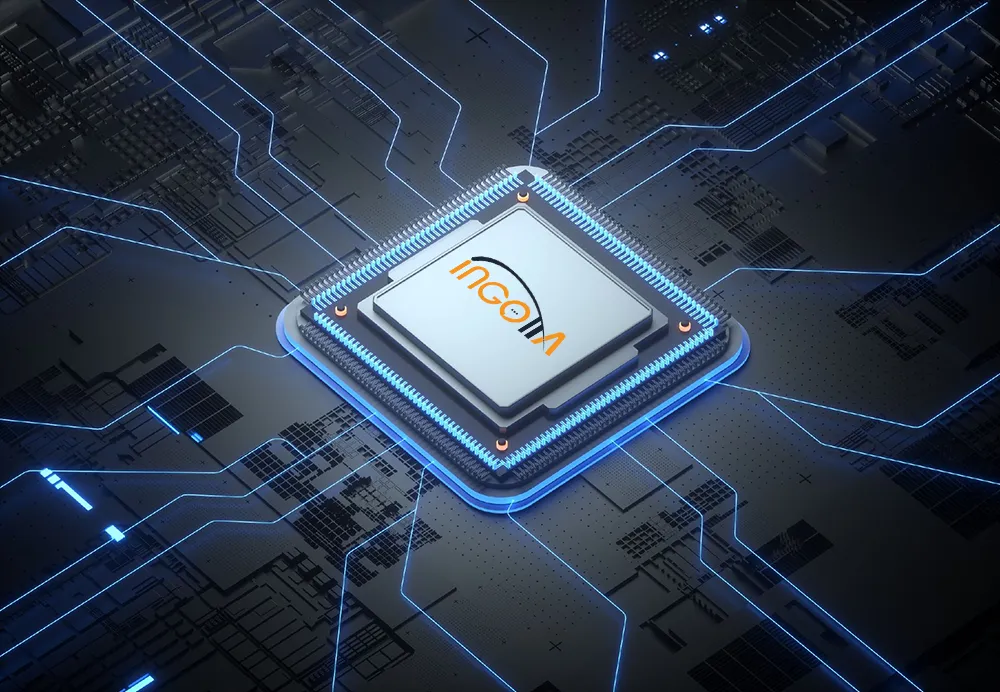Understanding Inverter Rated Power: A Complete Guide for Optimal Performance
When selecting an inverter for your solar power system, backup generator, or off-grid setup, one of the most critical specifications to consider is the inverter rated power. This key metric determines how much electrical load your inverter can handle efficiently and safely. In this comprehensive guide, we’ll explore what inverter rated power means, why it matters, and how to choose the right one for your needs.
What Is Inverter Rated Power?
Inverter rated power refers to the maximum continuous power output that an inverter can supply under normal operating conditions. It is typically measured in watts (W) or kilowatts (kW) and indicates the inverter’s capacity to convert DC (direct current) power from sources like batteries or solar panels into AC (alternating current) power for household or commercial appliances.
This rating is crucial because it defines the inverter’s ability to run devices without overloading, overheating, or shutting down. For example, an inverter with a rated power of 2000W can continuously power appliances whose combined wattage does not exceed 2000 watts.
Why Inverter Rated Power Matters
Choosing an inverter with the appropriate rated power is essential for several reasons:
- Efficiency: An inverter operates most efficiently when running close to its rated power. Undersizing can lead to frequent overloads, while oversizing may result in energy waste and higher costs.
- Device Compatibility: Many appliances, especially those with motors (like refrigerators or power tools), have high startup surges. The inverter must handle these temporary peaks without failing.
- System Longevity: Operating an inverter within its rated power ensures it doesn’t overheat or suffer from premature wear, extending its lifespan.
- Safety: Using an inverter beyond its capacity can pose risks such as short circuits, voltage drops, or even fire hazards.
Types of Power Ratings to Consider
When evaluating inverter rated power, it’s important to distinguish between:
- Continuous Power: The steady power output the inverter can supply indefinitely. This is the true “rated power.”
- Surge Power: The maximum power the inverter can handle for short durations (usually seconds), crucial for starting motors or inductive loads.
For instance, a 3000W inverter might have a surge capacity of 6000W, allowing it to handle brief spikes in demand.
How to Calculate Your Power Needs
To select an inverter with the right rated power, follow these steps:
- List All Appliances: Note the wattage of each device you plan to run simultaneously. Check nameplates or user manuals for power ratings.
- Account for Startup Surges: Add extra capacity for appliances with high inrush currents (e.g., air conditioners may need 2-3 times their rated wattage at startup).
- Sum the Requirements: Total the continuous wattage and ensure the inverter’s rated power exceeds this sum, with some buffer for safety.
Example: If you need to run a refrigerator (800W), lights (200W), and a laptop (100W), your continuous load is 1100W. Accounting for the refrigerator’s surge (e.g., 2400W), a 3000W inverter would be a safe choice.
Common Mistakes When Choosing Inverter Rated Power
Avoid these pitfalls:
- Ignoring Surge Requirements: Focusing only on continuous power can lead to inverter tripping during appliance startup.
- Overestimating Needs: Oversizing increases upfront costs and may reduce efficiency at low loads.
- Underestimating Future Expansion: Consider potential additions to your system to avoid needing an upgrade soon.
Conclusion
Inverter rated power is a fundamental factor in designing an efficient and reliable power system. By understanding your power requirements, accounting for surge demands, and selecting an inverter with appropriate continuous and surge ratings, you can ensure optimal performance, safety, and longevity for your investment. Always consult product specifications and, if needed, seek professional advice to make an informed decision tailored to your unique needs.
Table of Contents
